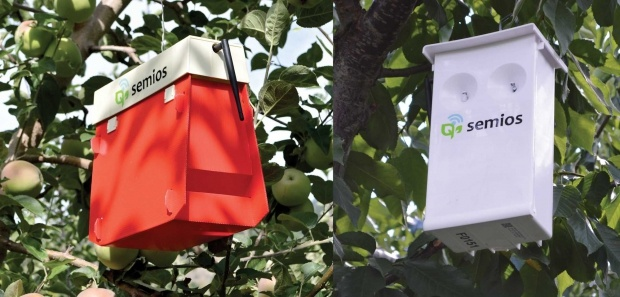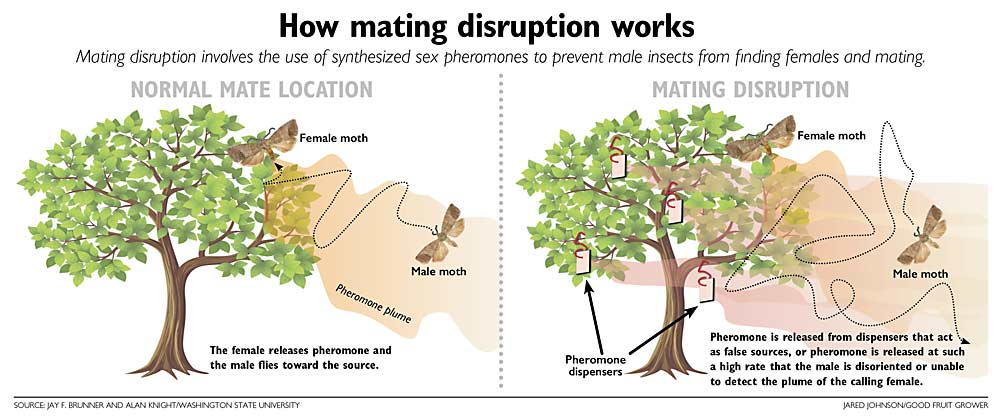Free Courses Sale ends Soon, Get It Now


Free Courses Sale ends Soon, Get It Now



Copyright infringement not intended
Picture Courtesy: blog.semios.com
Context: Pheromone-based mating disruption technology has been effective in reducing pink bollworm populations and has shown a 90% reduction in crop losses while improving yields.
Pink Bollworm (PBW) Crisis in Cotton Crops
Traditional Solutions and Challenges
Pheromone-Based Mating Disruption Technology (PBKnot or PB Rope L)

Success and Implementation
Call for Government Intervention
Conclusion
Must Read Articles:
Pink Bollworm: https://www.iasgyan.in/daily-current-affairs/pink-bollworm
India’s Falling Cotton Production: https://www.iasgyan.in/daily-current-affairs/indias-falling-cotton-production
|
PRACTICE QUESTION Q. What are the main factors contributing to the persistent issue of low income in the farming sector in India, and what potential solutions or strategies could be implemented to improve the financial well-being of farmers and enhance the overall agricultural economy? |
© 2024 iasgyan. All right reserved